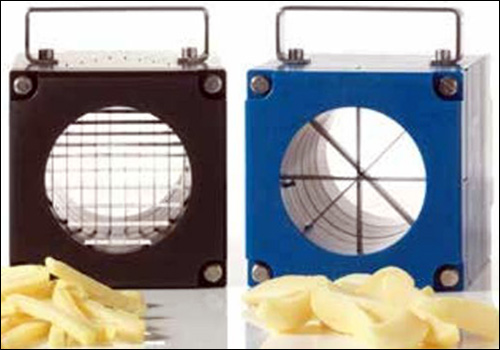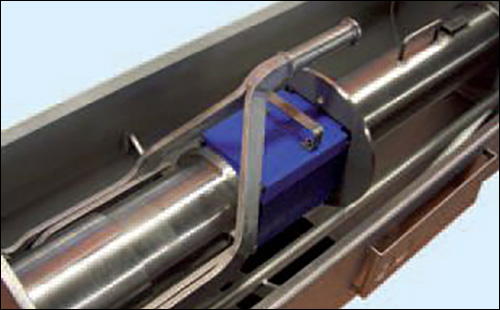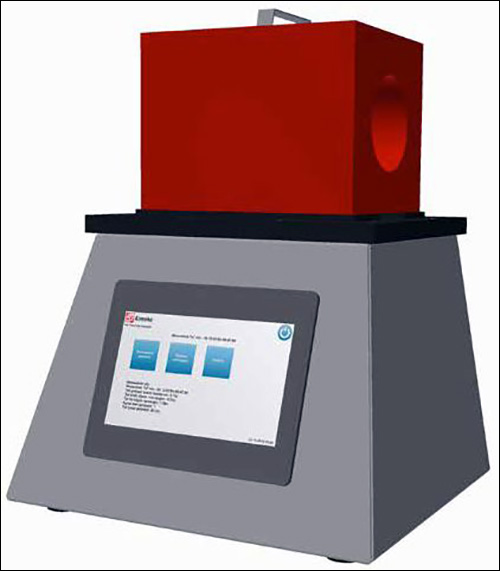Kiremko, a Dutch engineering company that specializes in potato processing equipment, has launched KnifeGuard, a new RFID-enabled system for managing the knife blocks installed in the company’s QuadraFlow potato cutter. A knife block is a replaceable cube-shaped unit containing a grid of razor-sharp knives, and is available in various configurations, depending on a potato’s desired cut size. In a QuadraFlow machine, potatoes are propelled by water through a tube, where they are aligned and then pushed into the knife block, causing them to be sliced.

For the KnifeGuard system, a passive 13.56 MHz RFID tag is affixed to each knife block and an RFID reader antenna is installed inside the cutter, allowing the tag to be interrogated whenever the knife block is placed in the QuadraFlow. The tag’s data is then sent to a processing unit, from where it can be read by an external programmable logic controller (PLC). If the processing unit detects an incorrect configuration—such as the wrong combination of inlet (alignment) tube, knife block and outlet tube for the selected cutting size—a warning signal is sent to the PLC, thereby catching a common operator error in the early stage.
The KnifeGuard system includes a programming unit—a separate device that also contains an RFID interrogator and an LCD screen. A user places an RFID-tagged knife block on the programming unit, which, after reading the block’s tag, displays a detailed record of its operation and grinding history. If the knife block has been used since the last time it was placed on a programming unit, its history is updated. This helps the operator to determine whether or not the block’s knives should be re-sharpened.
The inspiration behind creating the KnifeGuard was “a box-handling system in a large store—boxes with tags and a changing content,” says Eric van Oorschot, Kiremko’s innovation manager. RFID technology allowed Kiremko to design a contactless system that could identify each knife block, as well as store both permanent data (the cutting size for which the block is configured) and temporary data (the number of hours that the block has been used).
Kiremko’s KnifeGuard development crew investigated several RFID equipment suppliers, according to van Oorschot. After completing a series of tests, the team chose tags and readers made by Turck, due to the tags’ and reader antenna’s ability to withstand water and physical shocks, and to function when installed in a machine composed of stainless steel. Kiremko was responsible for the programming of the KnifeGuard software. The KnifeGuard system was introduced commercially only recently, but the company says reception has been positive to date.



